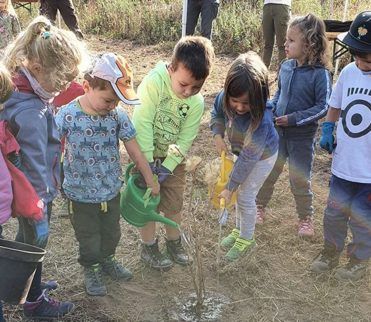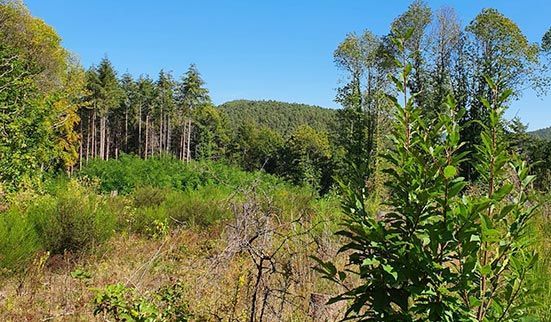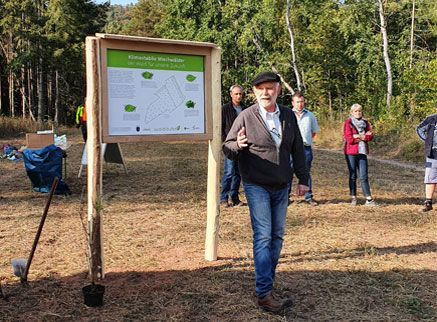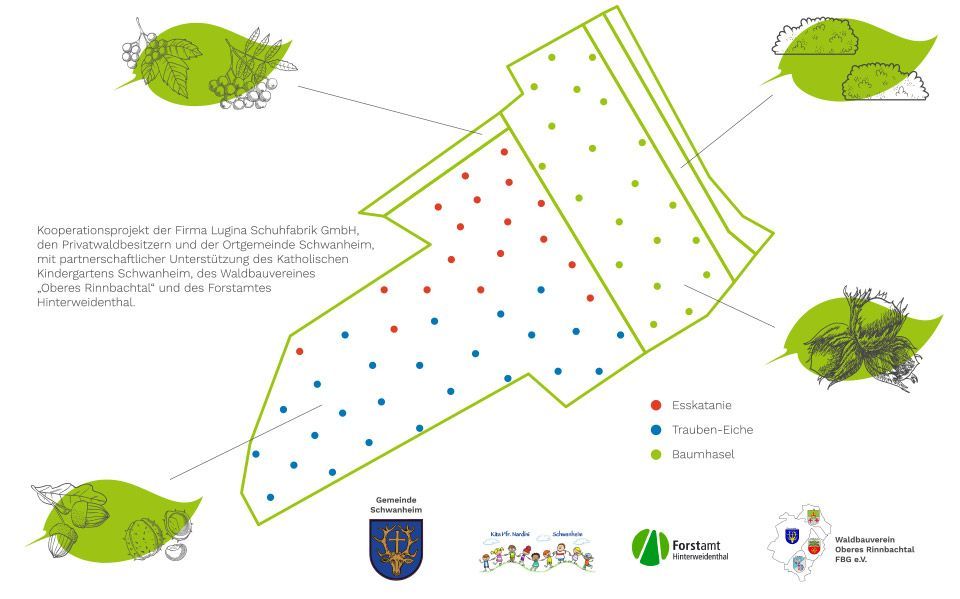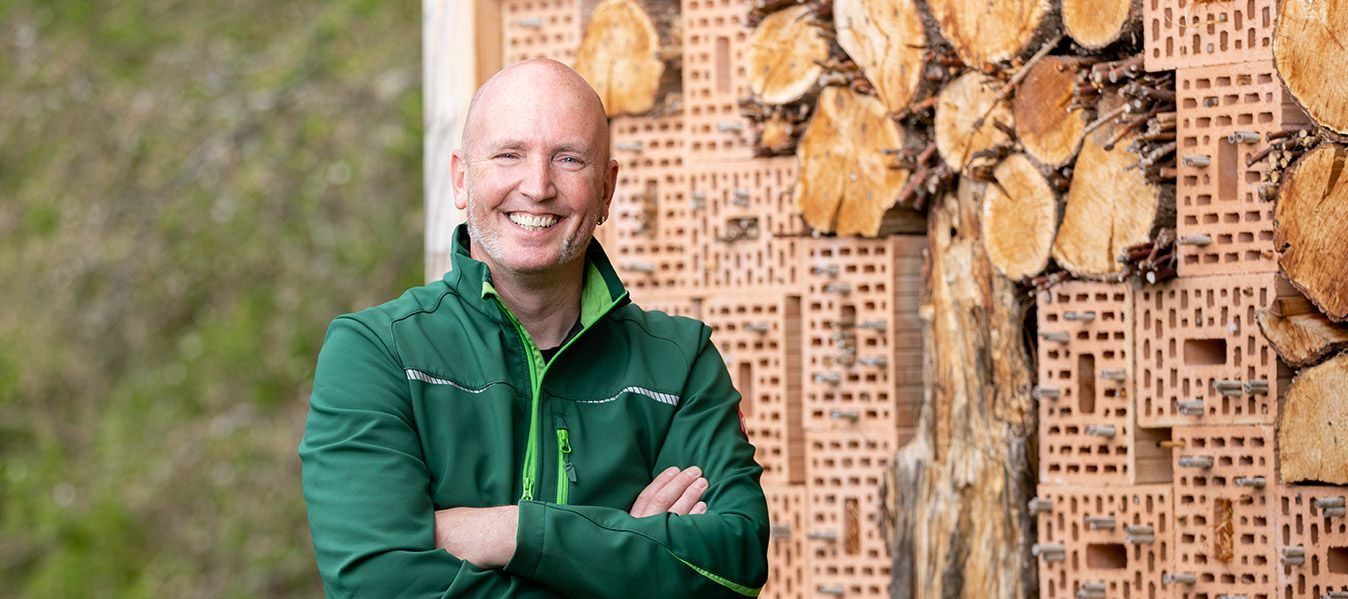
Our natural resources are an extremely precious commodity. For this reason, it is particularly important to use them consciously and protect nature with a view to the future.
Our company site in Schwanheim in the Palatinate is located in the middle of nature – more precisely in the Palatinate Forest, one of the largest contiguous forest areas in Germany.
In 2018 and 2019, storms, extreme drought and a subsequent spruce bark beetle infestation resulted in a two-hectare open area, the equivalent of almost three soccer pitches. We at Waldläufer have taken this as an opportunity to finance a reforestation project.
The focus of the reforestation of the Palatinate Forest is on so-called multifunctional forestry. This involves planting tree species on the vacated areas that have been proven to be better able to cope with the new climatic conditions and therefore make an important contribution to our climate. Tree species such as sweet chestnut, sessile oak, wild cherry and sycamore maple are likely to cope better with the predicted climate changes than pure stands of spruce. Trees with roots that reach deep into the ground tap water in deeper soil layers and are less sensitive to rising temperatures and more frequent dry periods.
The tree planting campaign is split into two parts: In September, around 100 seedlings were planted as part of the German Forest Days 2020. This was done in collaboration with the entire region – employees of the Lugina company and the local kindergarten were supported by the forestry association and the forestry office. The main planting then took place in November 2020 due to better weather conditions.
